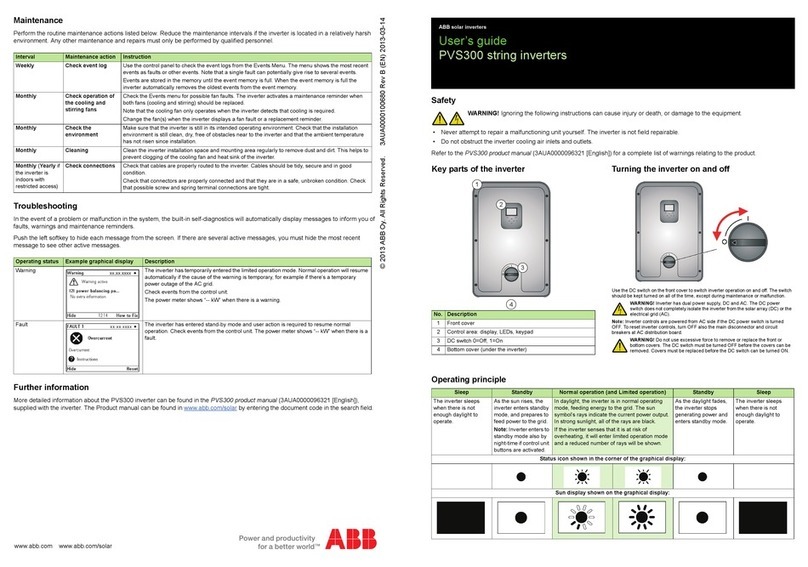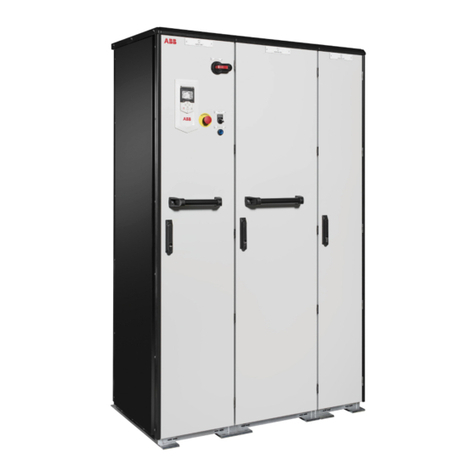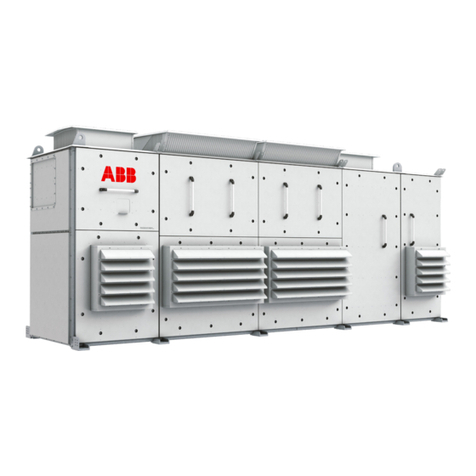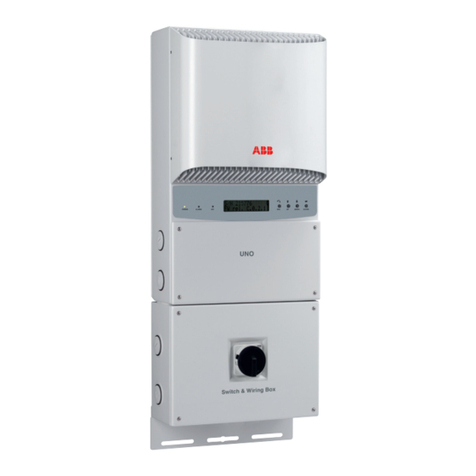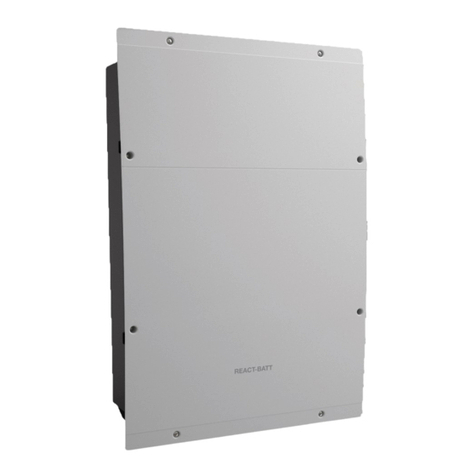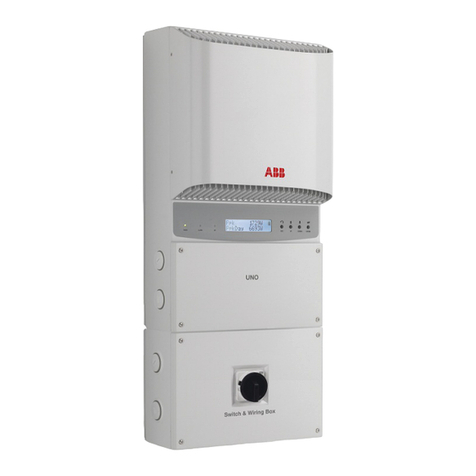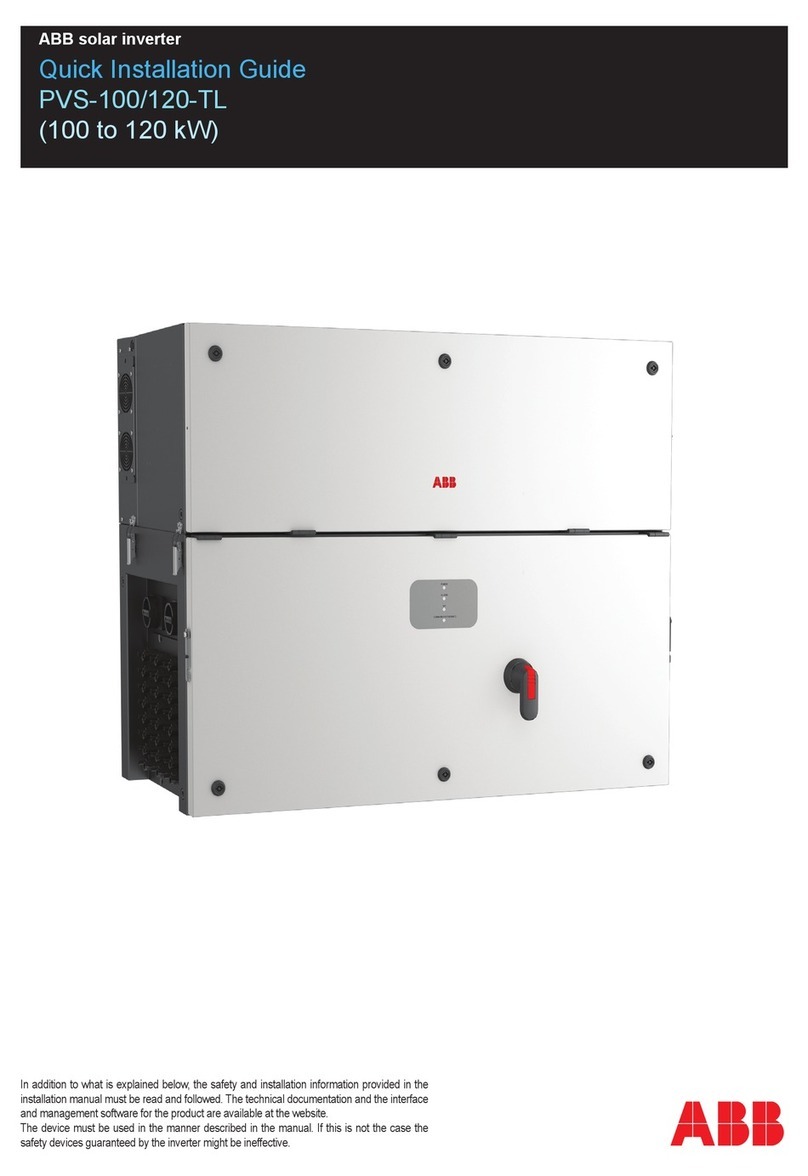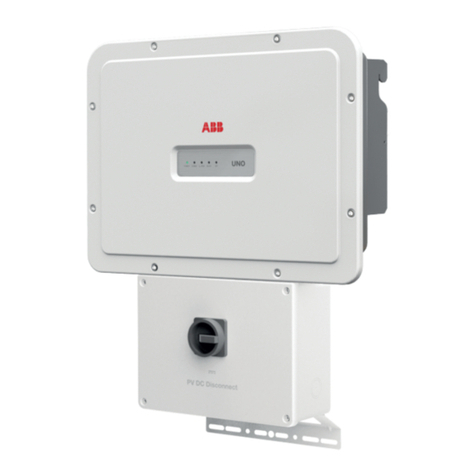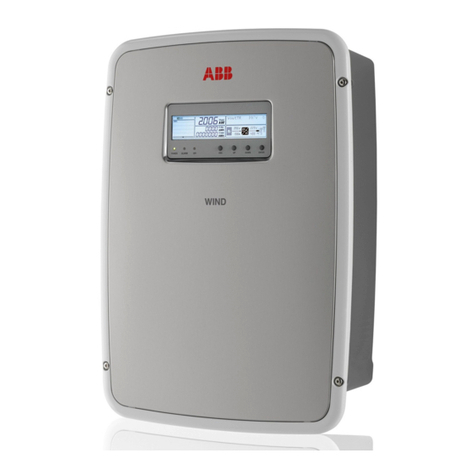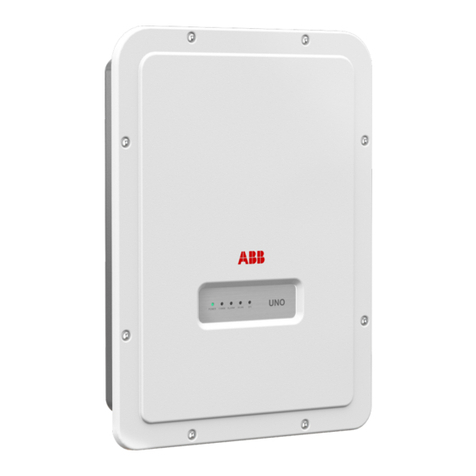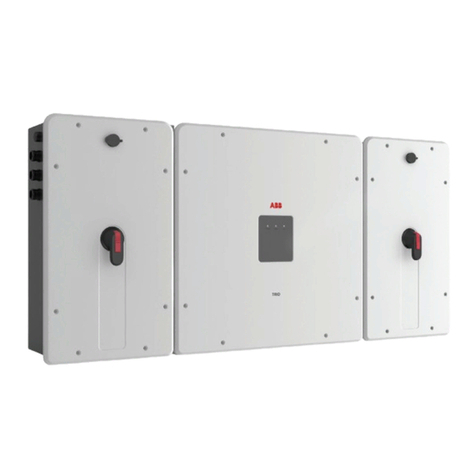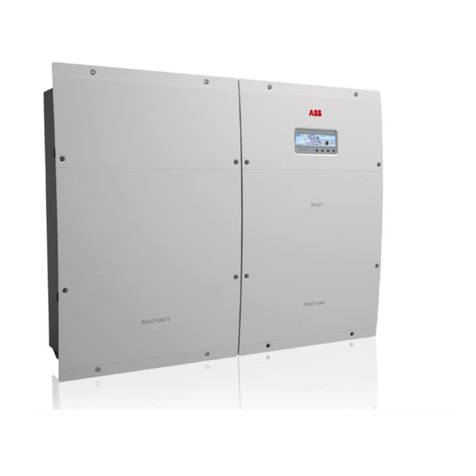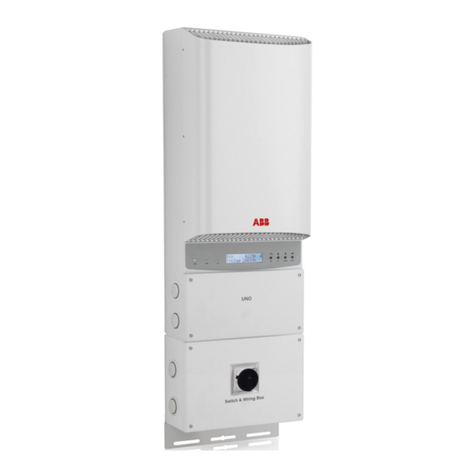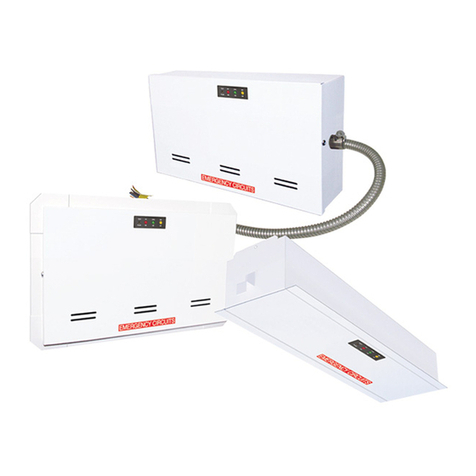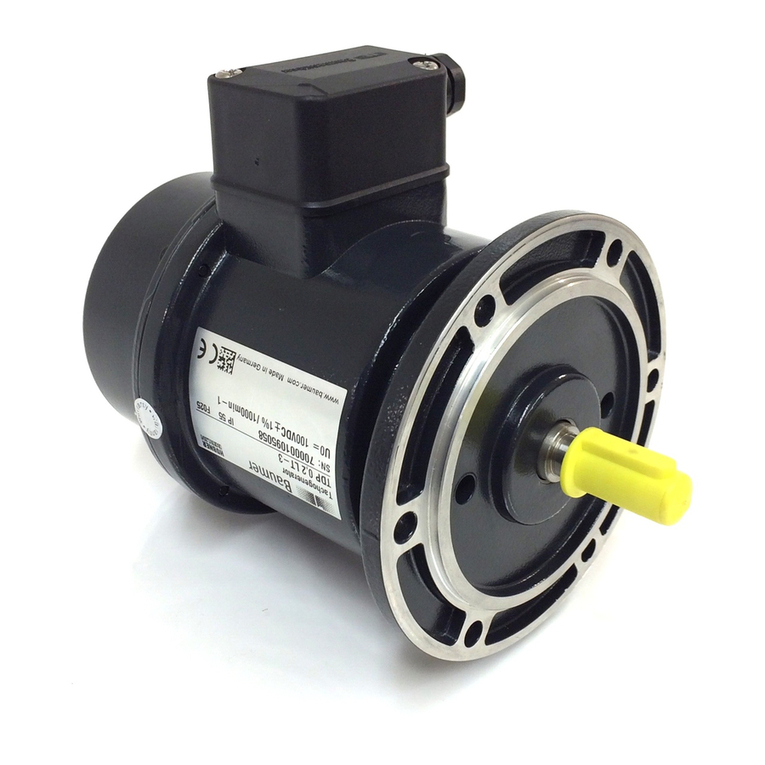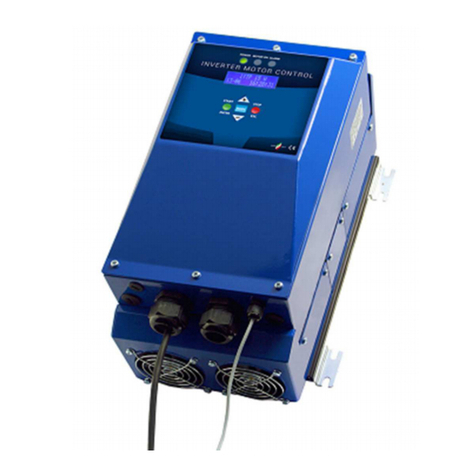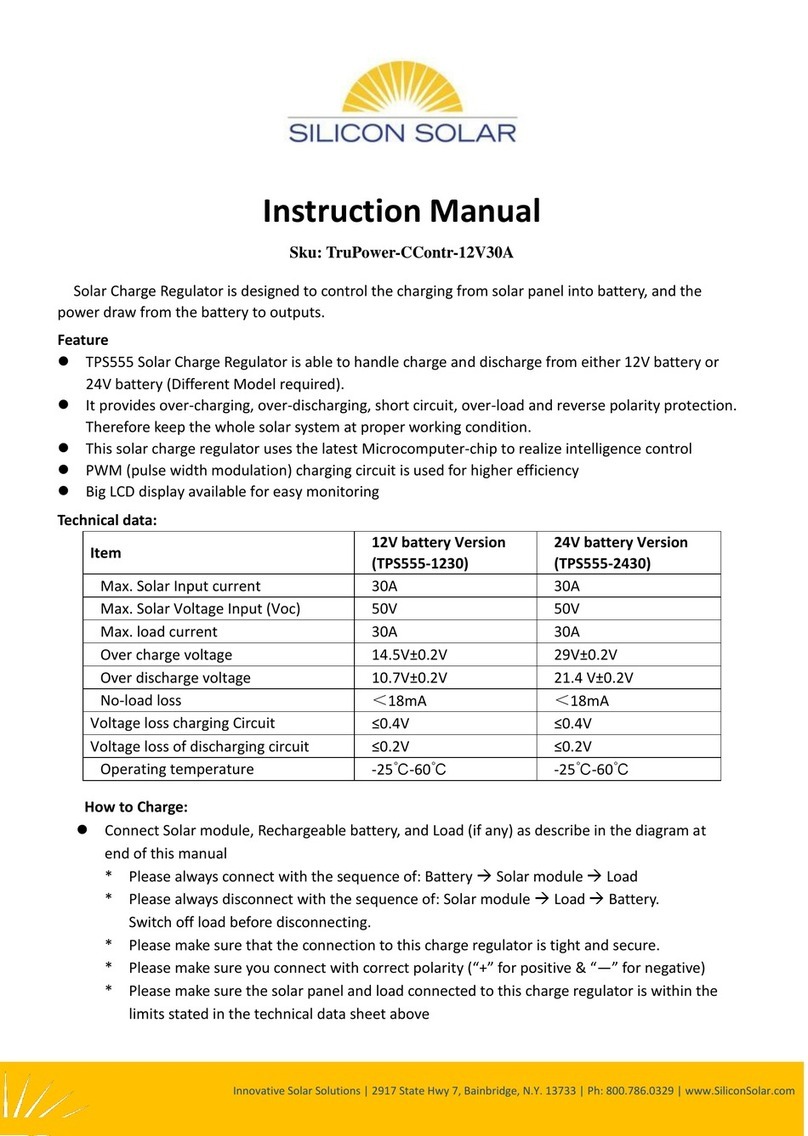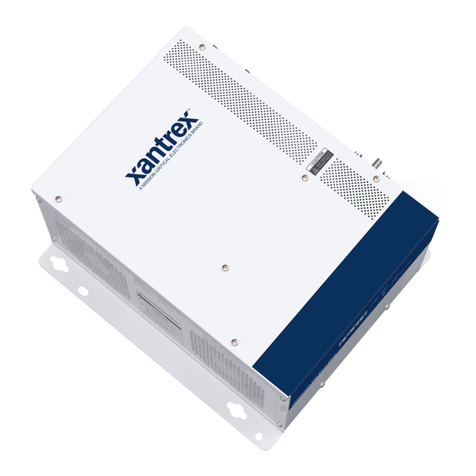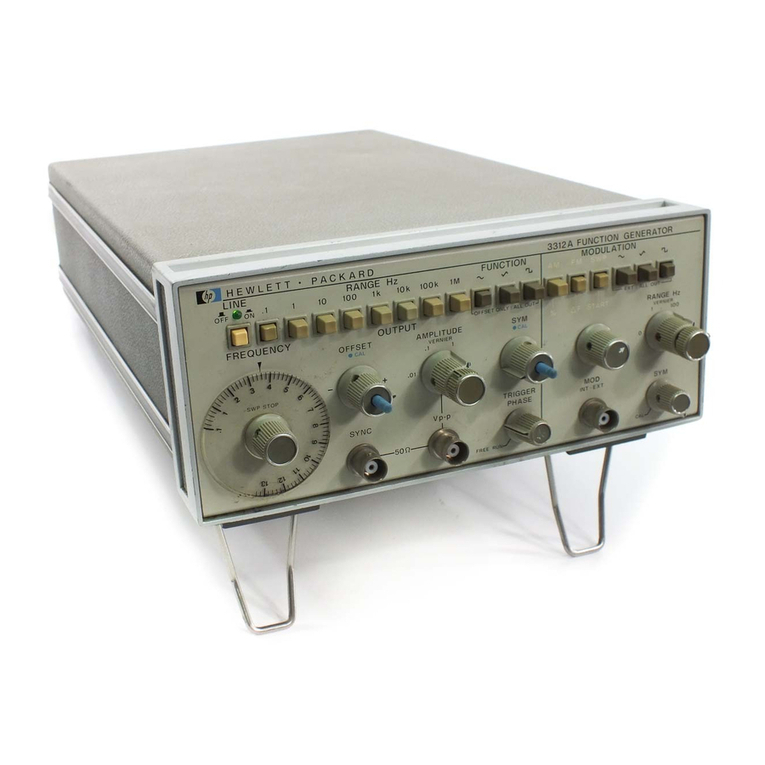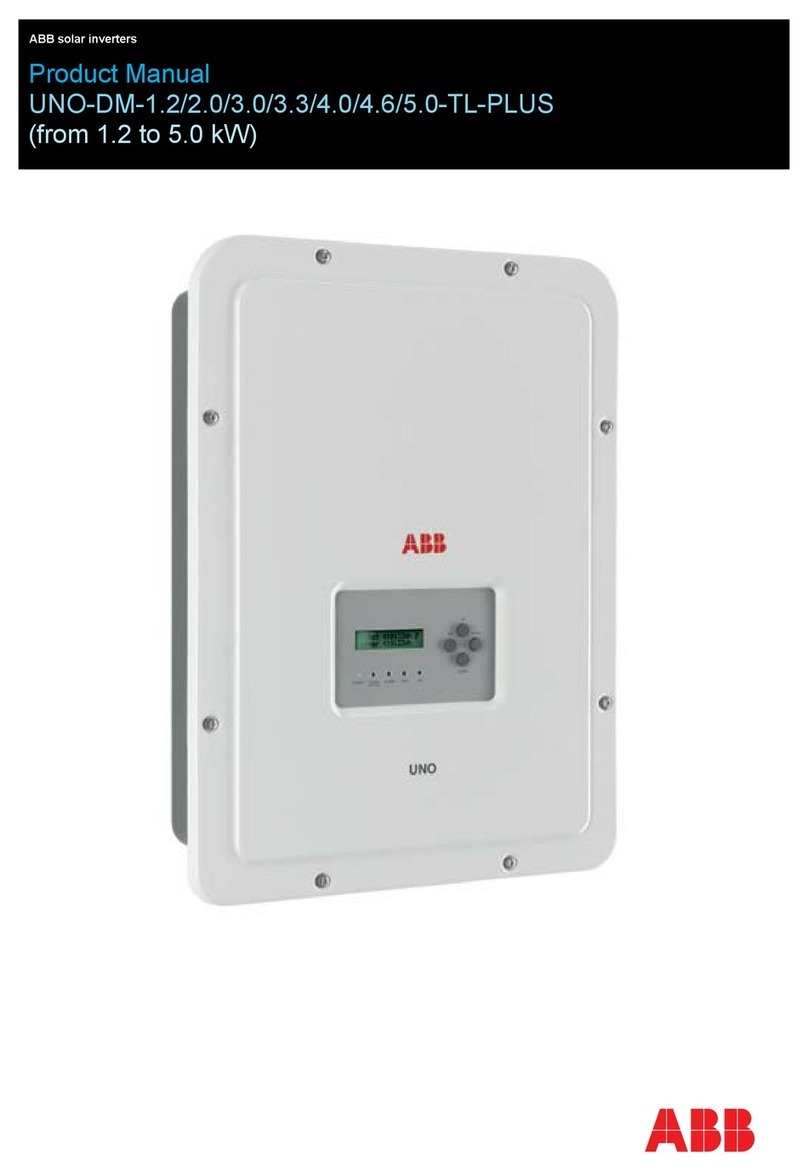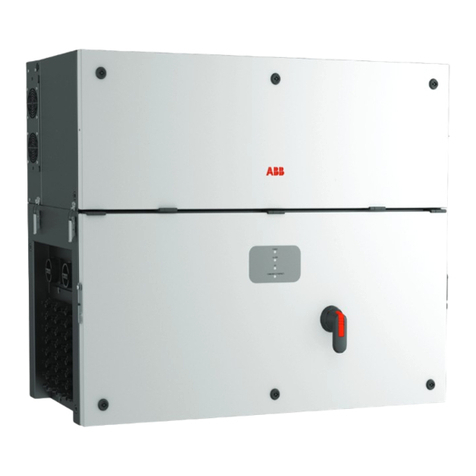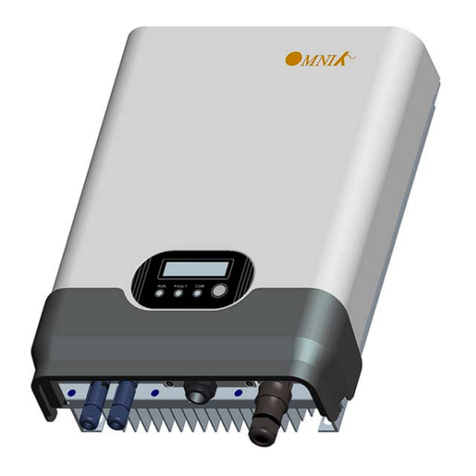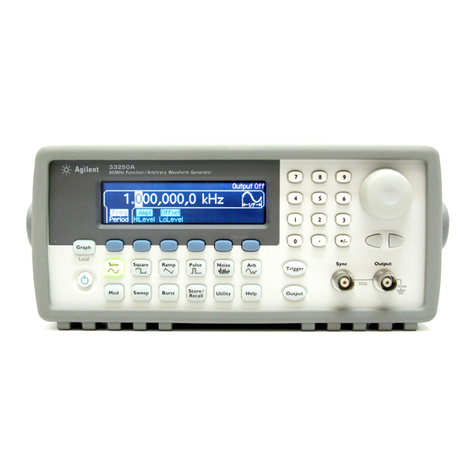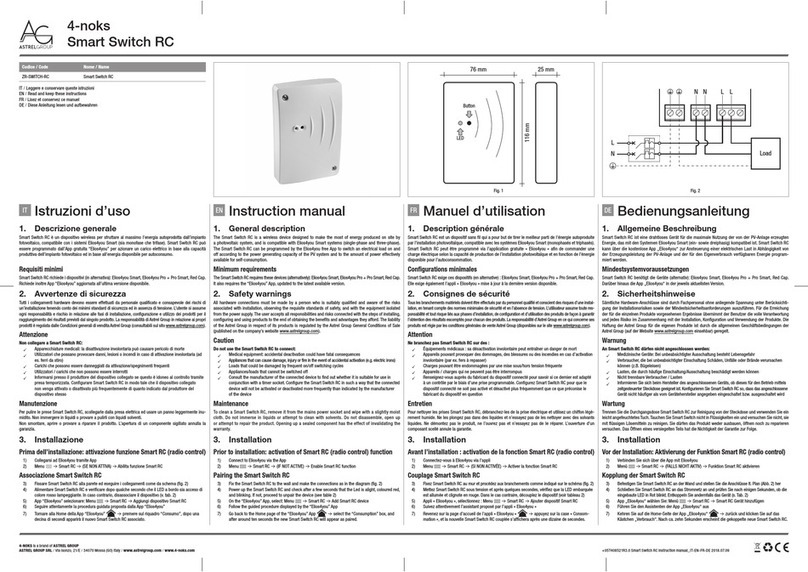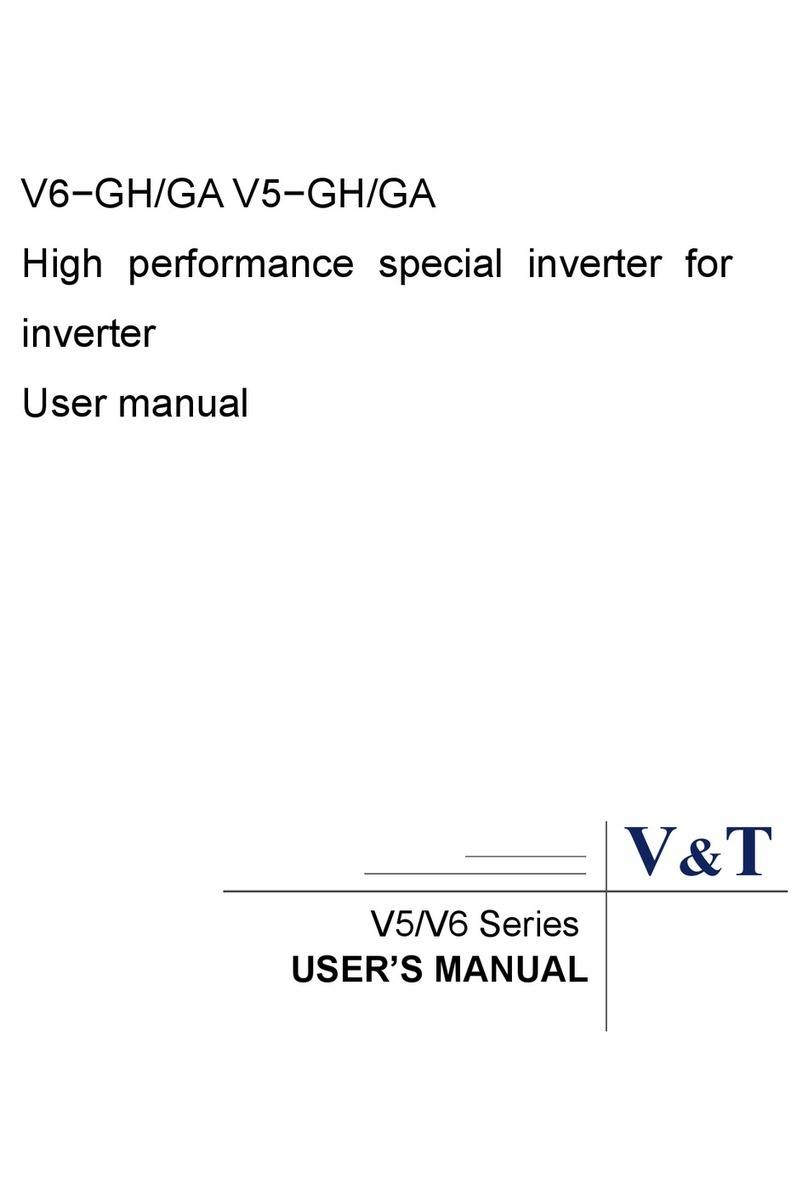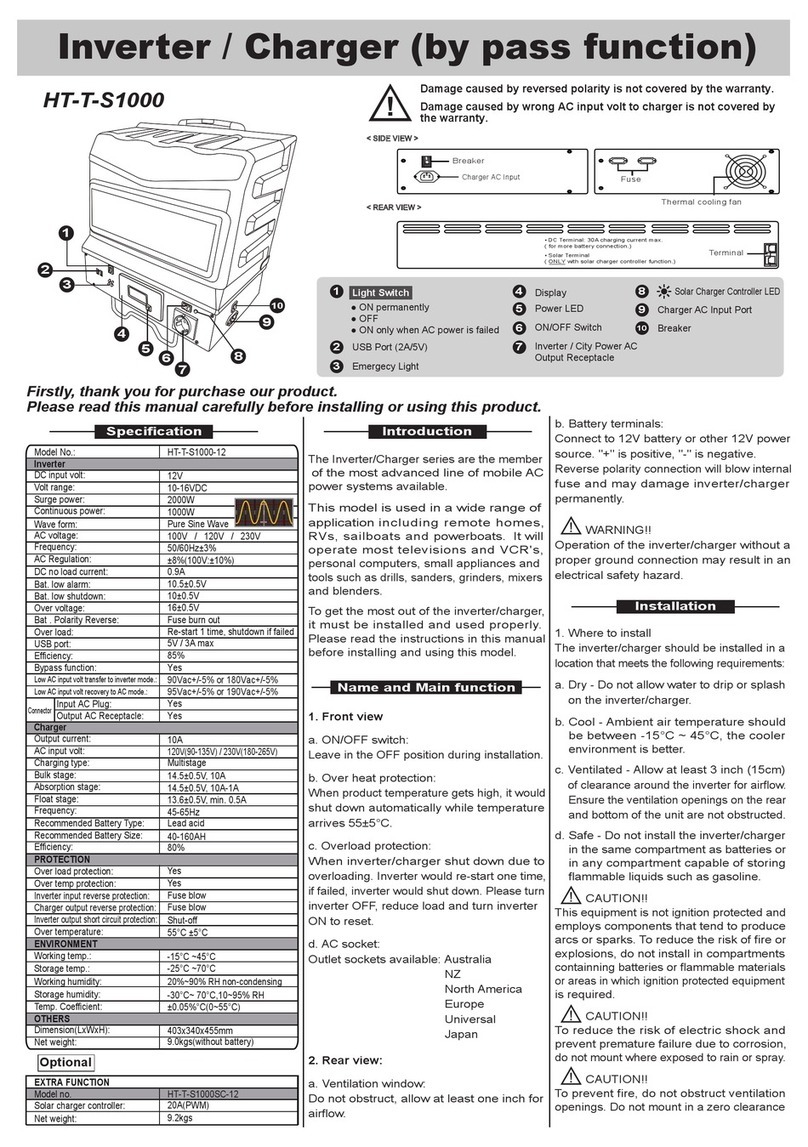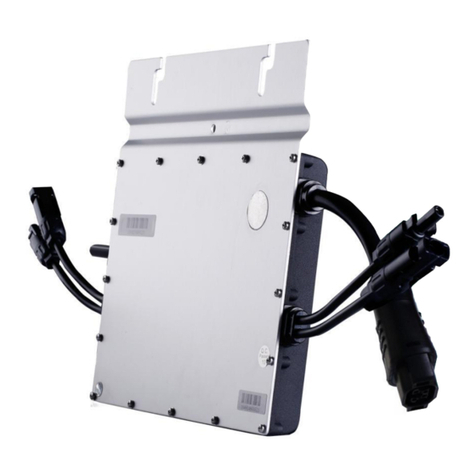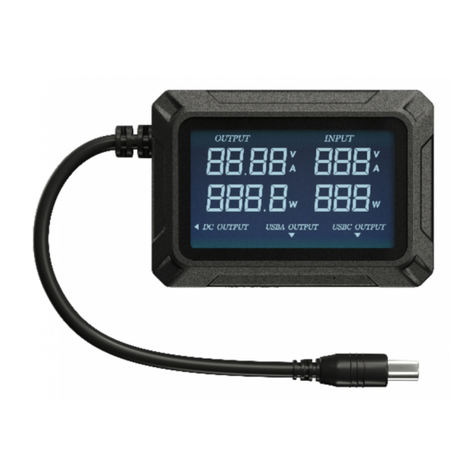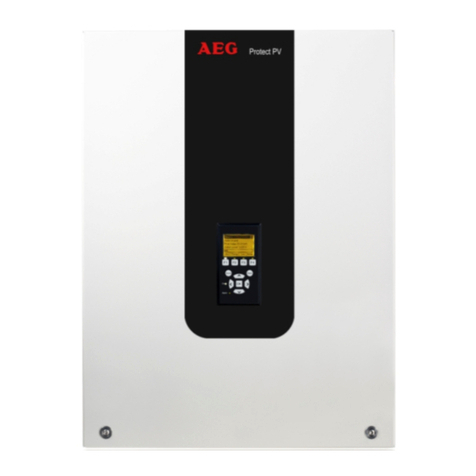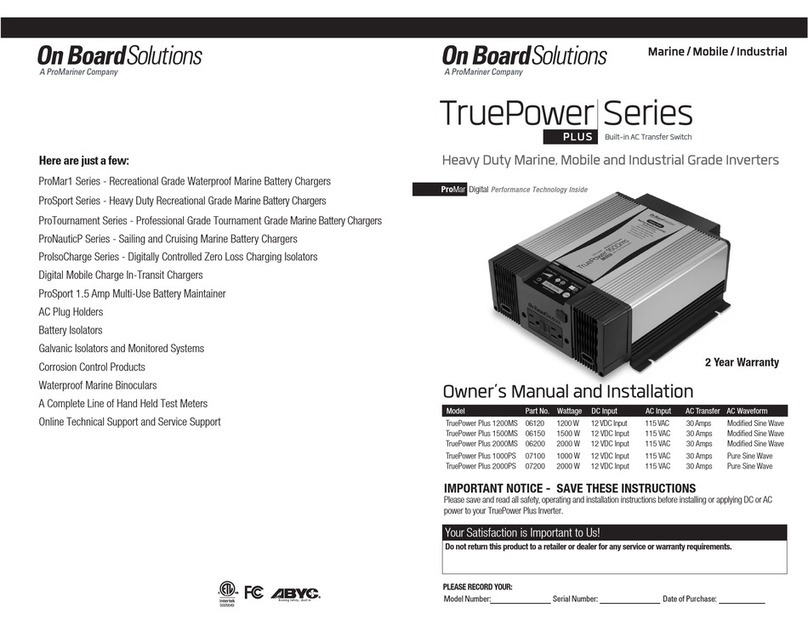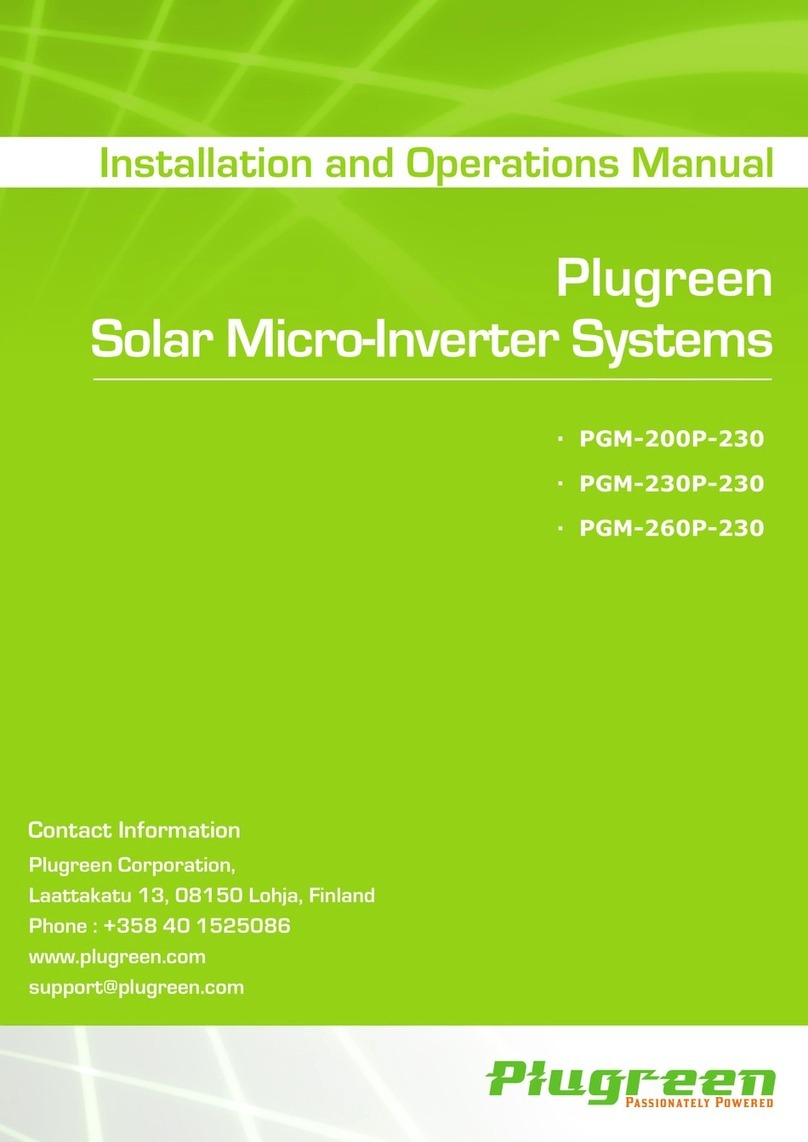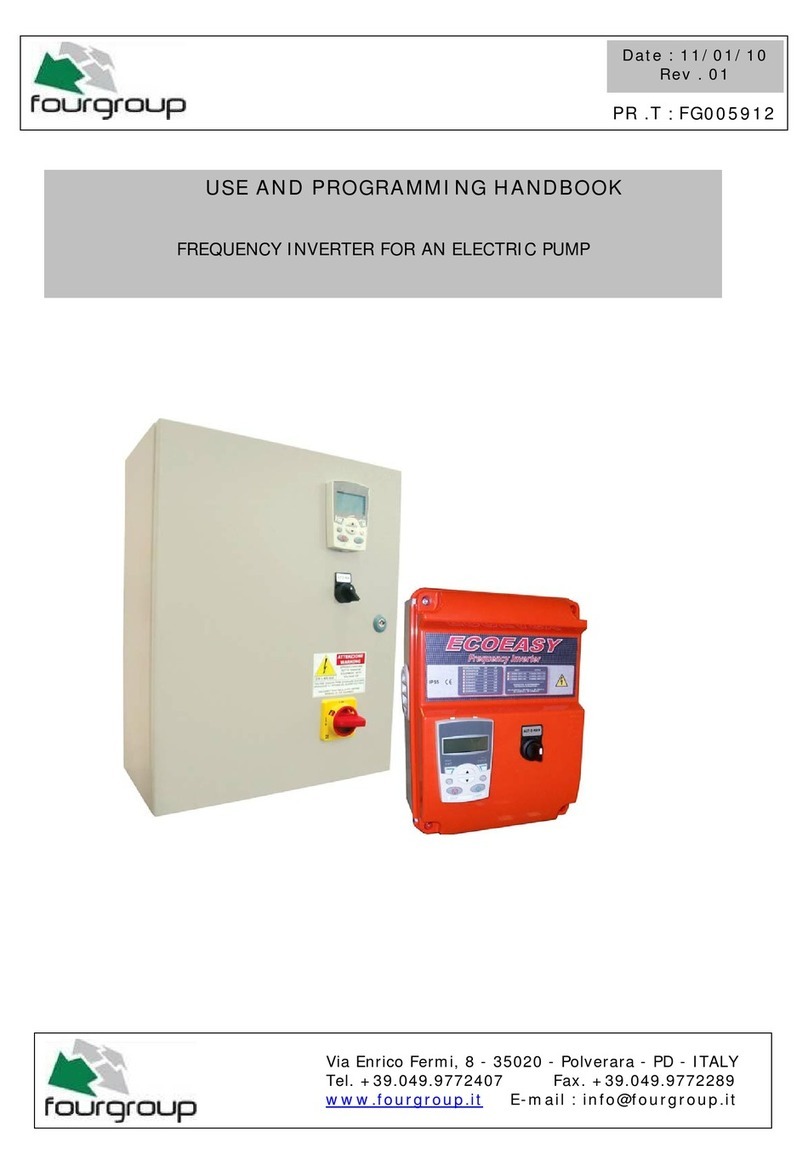
IMPORTANT SAFETY INSTRUCTIONS.
ATTENTION –AThis manual contains important safety instructions that must be followed
during the installation and maintenance of the equipment.
SAVE THESE INSTRUCTIONS!
NOTE –DKeep this document in a safe place near the inverter for easy access during installation,
operation and maintenance.
The installer must read this document in its entirety before installing this equipment.
Operators are required to read this manual and scrupulously follow the instructions given in it, since ABB
cannot be held responsible for damage caused to people and/or things, or the equipment, if the conditions
described below are not observed.
The purpose of this document is to support the qualified technician, who has received training and/or has
demonstrated skills and knowledge in construction, to install, operate and maintain the inverter. This
manual covers only inverter, not any equipment (photovoltaic modules, external disconnects, etc) to which
it is connected.
Warranty requirements are included in the Terms and Conditions of sale included with the inverter order.
NOTE –DAny changes made to the product or to the installation conditions that hasn’t been
approved by ABB will void the warranty.
NOTE –DAll pictures and illustrations shown in this user manual are indicatives and must be
intended as support for installation instruction only. Actual product may vary due to product
enhancement. Specifications subject to change without notice. The latest version of this
document is available on the ABB website.
The products are designed to be connected to and to communicate information and data via a network
interface. It is the user’s sole responsibility to provide and continuously ensure a secure connection
between the product and the user’s network or any other network (as the case may be). The user shall
establish and maintain any appropriate measures (such as but not limited to the installation of firewalls,
application of authentication measures, encryption of data, installation of anti-virus programs, etc) to
protect the product, the network, its system and the interface against any kind of security breaches,
unauthorized access, interference, intrusion, leakage and/or theft of data or information. ABB and its
affiliates are not liable for damages and/or losses related to such security breaches, any unauthorized
access, interference, intrusion, leakage and/or theft of data or information. The data, examples and
diagrams in this manual are included solely for the concept or product description and are not to be
deemed as a statement of guaranteed properties.
All persons responsible for applying the equipment addressed in this manual must satisfy themselves that
each intended application is suitable and acceptable, including that any applicable safety or other
operational requirements are complied with. In particular, any risks in applications where a system failure
and/or product failure would create a risk for harm to property or persons (including but not limited to
personal injuries or death) shall be the sole responsibility of the person or entity applying the equipment,
and those so responsible are hereby requested to ensure that all measures are taken to exclude or mitigate
such risks. This document has been carefully checked by ABB but deviations cannot be completely ruled
out. In case any errors are detected, the reader is kindly requested to notify the manufacturer. Other than
under explicit contractual commitments, in no event shall ABB be responsible or liable for any loss or
damage resulting from the use of this manual or the application of the equipment.
FCC REMARKS
The equipment has been tested and found to comply with the limits for a Class B digital device, pursuant
to Part 15 of the FCC Rules. These limits are designed to provide reasonable protection against harmful
interference in a residential installation. This equipment generates, uses and can radiate radio frequency
energy and, if not installed and used in accordance with the instructions, may cause harmful interference
to radio communications.
However, there is no guarantee that interference will not occur in a particular installation. If this equipment
does cause harmful interference to radio or television reception, which can be determined by turning the
equipment off and on, the user is encouraged to try to correct the interference by one or more of the
following measures:
• Reorient or relocate the receiving antenna.
• Increase the separation between the equipment and receiver.
• Connect the equipment into an outlet on a circuit different from that to which the receiver is connected.
• Consult the dealer or an experienced radio/TV technician for help.
